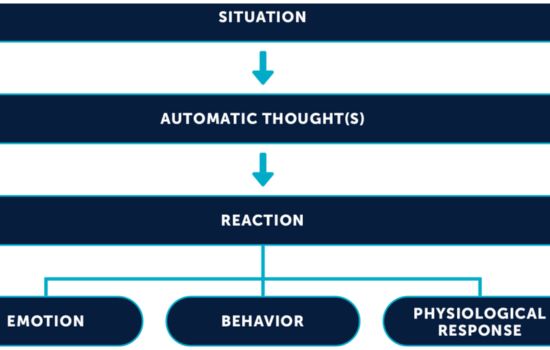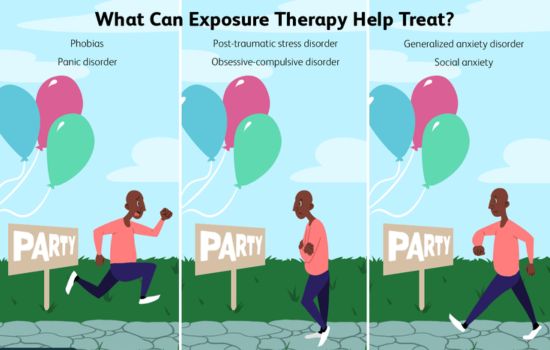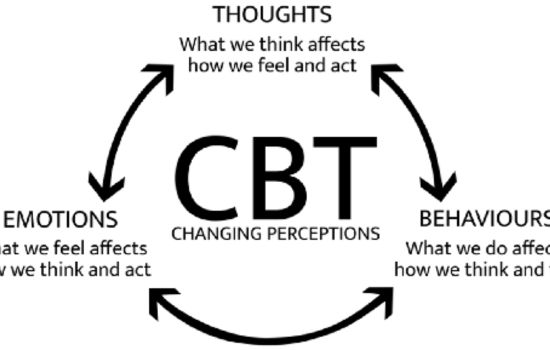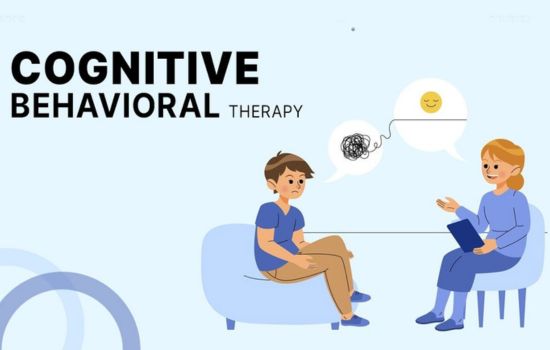A popular treatment option in the field of mental health, cognitive behavioral therapy (CBT) is well-known for using evidence to address a range of psychological problems. Dr. Aaron T. Beck developed cognitive behavioral therapy (CBT) in the 1960s. It is based on the theory that our thoughts, feelings, and behaviors are interconnected and that we may positively affect our emotional states and behaviors by altering our negative thought patterns. This blog examines the fundamental ideas, methods, and efficacy of CBT, illuminating how therapy can change people’s lives.
Table of Contents
Understanding the Foundations of CBT:
The fundamental tenet of cognitive behavioral therapy (CBT) is that cognitive processes or thoughts greatly influence emotional reactions and behaviors by cognitive mental processes, or thoughts. In contrast to some forms of therapy that thoroughly explore past experiences, this type of therapy is goal-oriented, goal-oriented, and present-focused. CBT’s primary objective is to recognize and change unhealthy thought patterns and behavior patterns to promote protective perspectives on and solutions to life’s obstacles.

Key Components of CBT
Cognitive Restructuring:
Cognitive restructuring is the process of recognizing nu-favorable thought patterns, also known as cognitive distortions, and refuting them. All-or-nothing thinking, disaster phasing, and over-generalization are examples of common distortions. A cognitive distortion that can be addressed by looking at examples of prior achievements and failures, for instance, is the belief that “I always fail at everything.” This can help the person develop a more balanced viewpoint.
Behavioral Activation:
This technique is particularly effective in treating depression. It involves helping individuals engage in activities they typically avoid due to negative feelings, thereby breaking the cycle of inactivity and withdrawal. By gradually reintroducing enjoyable or meaningful activities, clients can experience improvements in mood and motivation.
Exposure Therapy:
Primarily used for anxiety disorders, exposure therapy involves gradual exposure to feared situations or objects in a controlled and safe manner. This process helps reduce the fear response over time. For instance, someone with a phobia of flying might start by looking at pictures of airplanes, progressing to visiting an airport, and eventually taking a short flight.

Mindfulness and Relaxation Techniques:
CBT often incorporates mindfulness and relaxation exercises to help individuals manage stress and anxiety. Mindfulness encourages staying present and fully engaging with the current moment without judgment. Techniques such as deep breathing, progressive muscle relaxation, and guided imagery can also be beneficial.
The Process of Cognitive Behavioral Therapy(CBT):
CBT typically follows a structured process, often lasting between 8 to 20 sessions. It begins with an assessment phase, where the therapist gathers information about the client’s history, symptoms, and goals. This is followed by an education phase, where the client learns about the CBT model and how their thoughts, emotions, and behaviors interact.

Cognitive Behavioral Therapy:
Using CBT techniques actively is part of the core phase. To monitor and spot patterns in their negative thoughts, clients maintain thought diaries. Talking about these ideas, addressing cognitive distortions, and trying out new actions are the main goals of therapy sessions. A crucial element is homework assignments, which motivate clients to use the skills they acquire in therapy on a daily basis.
CBT’s effectiveness:
CBT has been shown to be beneficial for treating a variety of mental health issues, such as eating disorders, post-traumatic stress disorder (PTSD), obsessive-compulsive disorder (OCD), depression, and anxiety disorders. It is a useful and empowering therapeutic choice because of its systematic methodology and focus on developing skills.
For many disorders, CBT can be just as helpful as medication, according to meta-analyses, and it also has the added advantage of helping clients learn coping mechanisms they can use even after therapy is over. To reach a wider audience, CBT has also been modified for internet platforms, group therapy, and individual therapy, among other formats.
The CBT’s Empowering Nature:
The focus that CBT places on the client’s active participation in their treatment is among its most empowering features. Clients learn to become their therapists, armed with the skills and knowledge to take charge of their mental health rather than being passive beneficiaries of therapy. Long-lasting improvements in one’s quality of life can result from having this sense of action and self-efficacy.
Conclusion:
Cognitive Behavioral Therapy stands as a beacon of hope for those grappling with mental health challenges. Its practical, evidence-based approach not only addresses symptoms but also equips individuals with lifelong skills to navigate the complexities of their thoughts and emotions. By transforming negative thought patterns and behaviors, CBT offers a pathway to a healthier, more fulfilling life. Whether dealing with anxiety, depression, or other psychological issues, embracing CBT can be a powerful step towards lasting mental well-being.

